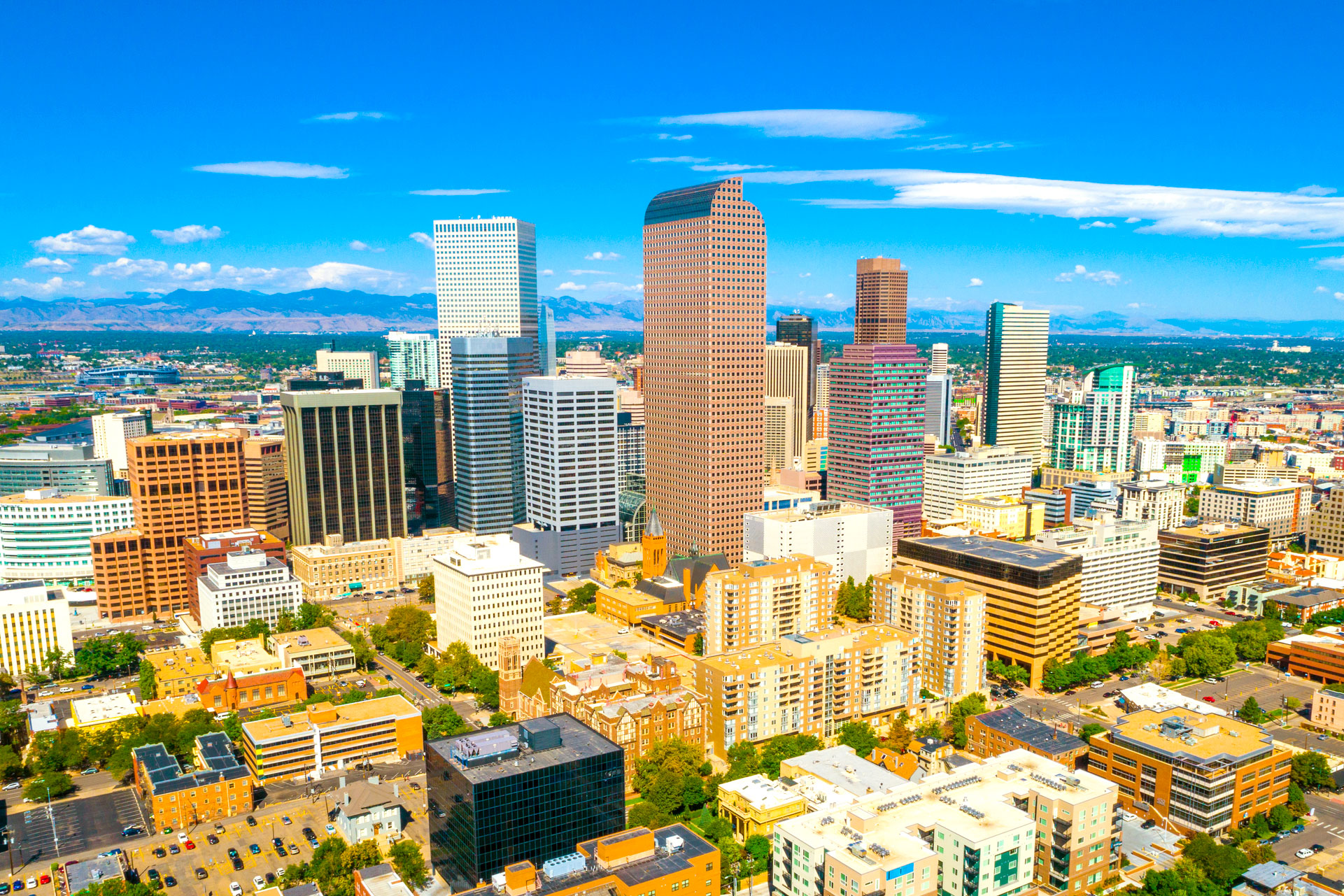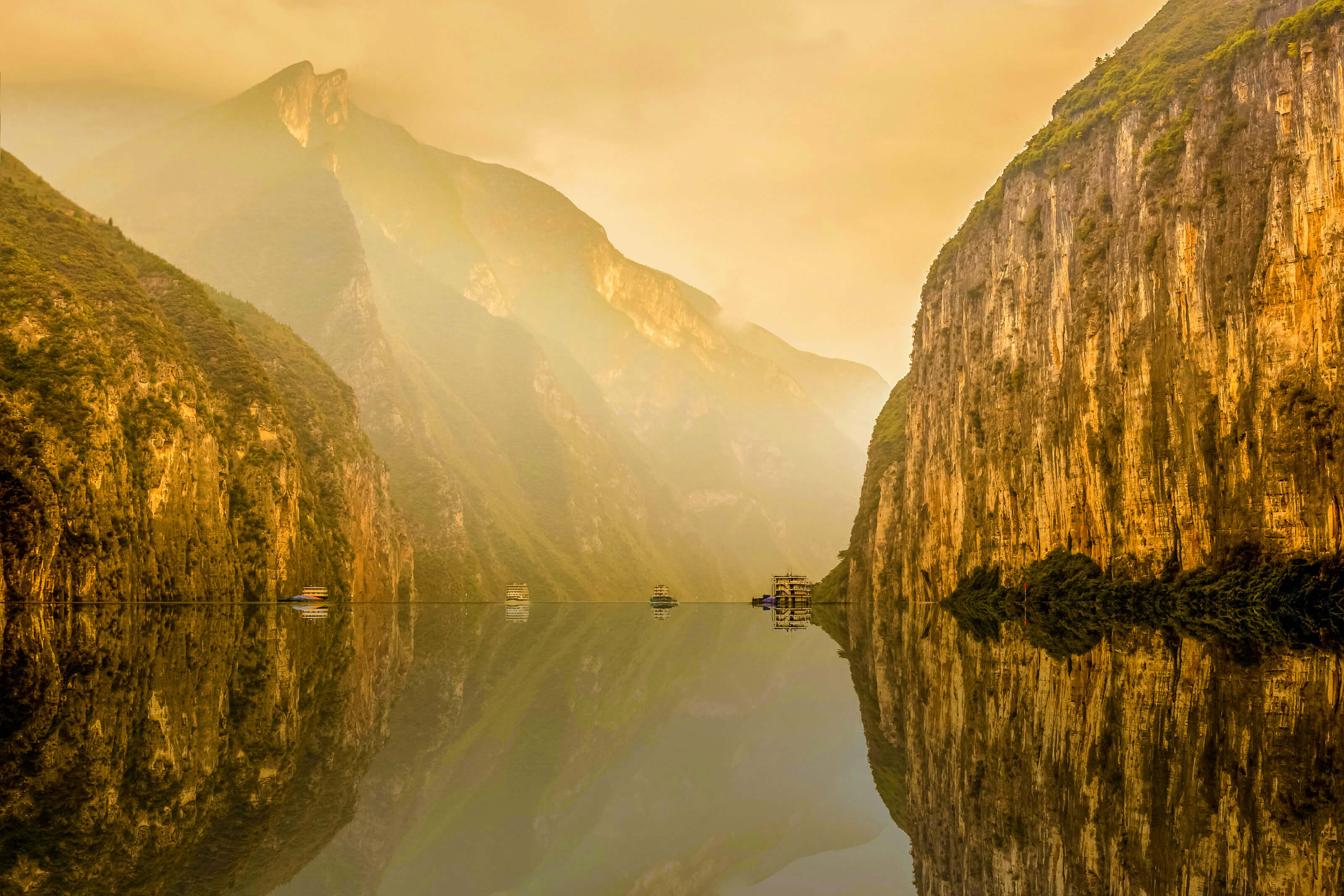1/1 Oops. Incorrect.
0%
0pts Earned
0/1correct
20/20
Connecting St. Louis to San Francisco, what is the newest national trail?
Congress declared the Butterfield Overland Mail route the newest National Historic Trail on December 29, 2022. Businessman John Butterfield established the route in the 1850s to transport mail from Missouri to California at previously-unheard-of speeds — the route only took only 25 days, compared to 50 days for the next fastest option. Previously known as the Oxbow Route, it follows a southward curve through New Mexico and Arizona before turning north again in Southern California.
Source: NPS HistoryNatchez Trace
15%
Butterfield Overland Mail
36%
Pacific Crest
22%
Continental Divide
27%
19/20
The Nez Perce Trail bisects which national park?
This somber trail follows the flight of the Nez Perce Indigenous peoples as they were forced away from their homelands by U.S. soldiers in 1877. The 1,170-mile trail begins in Wallowa Lake, Oregon, and stretches through Idaho and Montana until reaching Yellowstone National Park. Along the trail, visitor centers, museums, and battlefield memorials tell the story of the Nez Perce.
Source: U.S. Forest ServiceGlacier
15%
Olympic
18%
Yellowstone
57%
Grand Canyon
11%
18/20
The Overmountain Victory Trail marks what pivotal Revolutionary battle?
Nestled in the Blue Ridge Mountains, the Overmountain Victory National Historic Trail spans 330 miles from Virgina, through the Carolinas, and into Tennessee. It traces paths that Revolutionary War fighters took ahead of the Battle of Kings Mountain in 1780. About 225 miles of the trail is located in North Carolina, where it meanders along lakes, state parks, and mountain ridges.
Source: NC TrailsBattle of Kings Mountain
29%
Battle of Bunker Hill
44%
Siege of Yorktown
17%
Battle of Trenton
10%
17/20
What desert does the Juan Bautista de Anza National Trail traverse?
In 1775, Spanish colonizer Juan Bautista de Anza set off on an expedition to create a settlement in the San Francisco Bay Area. His route began in Nogales, Arizona, near the present-day border of Mexico, and traveled north through the saguaro-covered mountains of the Sonoran Desert. He traveled along the California coast some 1,200 miles until finally settling in the Bay Area. Many segments of this trail are still used by hikers today.
Source: National Park ServiceMojave Desert
39%
Chihuahuan Desert
21%
Sahara Desert
6%
Sonoran Desert
34%
16/20
Most of the Santa Fe Trail is located within which state?
Although it is named after Santa Fe, New Mexico, most of the Santa Fe National Historic Trail is within the state of Kansas. Between 1821 and 1880, this commercial highway was bustling with covered wagons driven by American and Mexican traders traveling across the prairies between central Missouri and Santa Fe. The trail gained a new purpose at the start of the Mexican-American War in 1846, when it was used by traveling soldiers.
Source: National Park ServiceNew Mexico
94%
Kansas
5%
Montana
2%
Georgia
0%
15/20
What is the name of Hawaii’s sole National Historic Trail?
For a decidedly different (but equally intriguing) trail experience from the American West’s deserts or the East Coast’s colonial past, head to the island of Hawaii. Also known as “the Big Island,” Hawaii is home to the 175-mile Ala Kahakai National Historic Trail, which traverses through hundreds of ancient Hawaiian cultural and historical sites along the island’s southeastern, southern, and western edges.
Source: National Park ServiceMauna Loa
25%
Hana Highway
43%
Ala Kahakai
21%
Napali Coast
10%
14/20
Which Alaskan trail is known for its annual dog sled race?
Spanning nearly 2,500 miles of vast Alaskan wilderness, the Iditarod National Historic Trail is the only winter trail within the National Trails system. Its main route, a 1,000-mile stretch between Seward and Nome, is known for its annual race events, which includes the Iditarod Trail Sled Dog Race, an extreme marathon known for its harsh conditions, skilled mushers, and hard-working dogs.
Source: Bureau of Land ManagementPotomac Heritage Trail
2%
Iditarod Trail
91%
Pacific Crest Trail
3%
Continental Divide Trail
4%
13/20
The Trail of Tears marks the eviction of which Native American nation?
The Trail of Tears National Historic Trail commemorates a tragic chapter in U.S. history. Beginning in 1838, troops forcibly evicted more than 16,000 Cherokee and thousands of other tribal people from their homelands, across nine states to the newly established Indian Territory in present-day Oklahoma. The trail offers a sobering look into this period of U.S. history and insight into the histories of the Native American nations that were displaced.
Source: National Park ServiceNavajo
20%
Iroquois
7%
Apache
16%
Cherokee
57%
12/20
A Revolutionary War route is named for Washington and which other general?
The Washington-Rochambeau Revolutionary Route is a 680-mile series of roads, trails, rivers, and bays between Rhode Island and Virginia that played a significant role in the American Revolution. In 1781, the French army, under the command of General Rochambeau, joined forces in New York with the Continental Army under George Washington’s command. The combined forces defeated the British in a decisive victory that led to America’s independence.
Source: National Park ServiceLafayette
76%
Knox
12%
Rochambeau
9%
Greene
4%
11/20
Where is the first water-based National Historic Trail?
Between 1607 and 1609, English Captain John Smith explored and mapped the Chesapeake Bay aboard an open boat with a small crew. The Captain John Smith Chesapeake National Historic Trail is the first water-based National Historic Trail, encompassing 3,000 miles of routes throughout the Chesapeake Bay and its tributaries. Visitors can motor, sail, or paddle the trail.
Source: Chesapeake ConservancyGulf of Alaska
3%
Lake Michigan
18%
Chesapeake Bay
60%
Colorado River
20%
10/20
The Klondike Gold Rush gave way to which state’s Chilkoot Trail?
The 33-mile Chilkoot Trail stretches from Dyea, Alaska, to Lake Bennett, British Columbia. These days, it’s filled with hikers and trail runners, but back in 1897, it was full of prospectors hauling tons of heavy gear — and if they were lucky, lots of gold. Visitors will pass by hundreds of abandoned artifacts from these gold seekers, making this trail a unique open-air museum in the great Alaskan wilderness.
Source: National Park ServiceSouth Dakota
6%
California
18%
Montana
5%
Alaska
71%
9/20
Where does the Old Spanish National Historic Trail begin and end?
The Old Spanish Trail is a 2,700-mile trek that begins in Santa Fe, New Mexico, and winds through Colorado, Utah, Nevada, and Arizona, before ending in Los Angeles, California. The trail was once used by settlers and traders in the early 19th century after Mexico became independent from Spain and Santa Fe flourished into a booming trade hub.
Source: National Park ServiceSanta Fe and Los Angeles
51%
Los Angeles and Mexico City
16%
Mexico City and Phoenix
11%
Phoenix and Santa Fe
22%
8/20
The Star-Spangled Banner Trail connects landmarks related to what event?
The Star-Spangled Banner Trail retraces the history of the War of 1812 in the Chesapeake Bay region of Washington D.C., Maryland, and Virginia. The route comprises 560 miles of trails that follow in the footsteps of American and British soldiers. Many of the events that happened on this trail led to the Battle of Baltimore, which inspired Francis Scott Key to write “The Star-Spangled Banner.”
Source: National Park ServiceThe War of 1812
38%
The Civil War
15%
The Revolutionary War
46%
The Mexican-American War
2%
7/20
How many National Historic Trails are there?
In addition to the country’s national parks, the National Park Service also oversees a network of 19 fascinating National Historic Trails. Hundreds of thousands of colonists, missionaries, soldiers, traders, fur trappers, settlers, explorers, Native Americans, and even letter carriers walked, paddled, or rode across vast areas of the country via these trails — long before many colonies, territories, or states even existed.
Source: National Park Service5
12%
19
43%
41
32%
107
13%
6/20
Named after a religious exodus, what trail spans from Illinois to Utah?
In the 1840s, tens of thousands of Mormon immigrants traveled over 1,200 miles from Illinois to the Great Basin. The Mormon Pioneer Historic Trail commemorates this route, which spans southern Iowa, traverses through central Nebraska and Wyoming, and finally ends in northern Utah. These pioneers crossed treacherous terrain due to ongoing religious conflicts in the 19th century.
Source: Bureau of Land ManagementMormon Pioneer Trail
90%
Protestant Prospector Trail
3%
Colonial Catholics Spanish Trail
1%
Westward Wagon Orthodox Trail
6%
5/20
A 54-mile historic trail leads from Selma, Alabama, to which city?
Selma, Alabama, was the starting point for a famous march to Montgomery that began on March 7, 1965. That day became known as Bloody Sunday, when the peaceful marchers were viciously beaten by state troopers as they crossed the Edmund Pettus Bridge. Television broadcasts of the events raised national awareness for the civil rights movement.
Source: National Park ServiceLittle Rock, Arkansas
9%
Birmingham, Alabama
31%
Montgomery, Alabama
53%
Jackson, Mississippi
7%
4/20
The California National Trail commemorates which event?
After prospectors struck gold in California in 1848, it led to one of the largest mass migrations in American history. A surge of over 250,000 immigrants — who would later be called “Forty-Niners” — arrived on the West Coast over the next decade. Today, a 5,000-mile historic trail spanning 10 states commemorates this history. The trail has multiple starting points in the Midwest and several ending points in California and Oregon.
Source: National Park ServiceThe American Revolution
1%
The Gold Rush
96%
The Louisiana Purchase
2%
The Industrial Revolution
1%
3/20
Independence, Missouri, marks the start of which historic trail?
Lured by the possibility of a better life in the West, in 1836, a missionary party set out from western Missouri with the first wagon train headed to Oregon. In the following decades, about 500,000 settlers embarked on the dangerous, five-month, 2,000-mile journey, also known as the “Westward Expansion.” The Oregon Trail starts near Kansas City in Independence, Missouri, and passes through seven states, ending near Portland.
Source: National Park ServiceLewis and Clark Trail
37%
Oregon Trail
52%
Trail of Tears
8%
Old Spanish Trail
3%
2/20
The Lewis and Clark Trail ends in which state?
The famous expedition of Lewis and Clark, officially known as the Corps of Discovery, began in St. Louis in May 1804 and headed west. The explorers were tasked by President Thomas Jefferson with mapping the western territory all the way to the Pacific Ocean. They ended in September 1806 near the mouth of the Columbia River, near the modern-day city of Astoria, Oregon.
Source: National Park ServiceMontana
4%
Oregon
79%
California
15%
Utah
2%
1/20
What was transported on the Pony Express Trail?
On April 3, 1860, a group of courageous couriers began an express mail route on horseback from St. Joseph, Missouri — the westernmost place the railroad and telegraph reached at the time — to Sacramento, California. Riders rode on average 75 to 100 miles per day, switching out horses at relay stations along the way. The 1,966-mile trip took an unprecedented 10 days, less than half the time the southern stagecoach mail route took.
Source: National Park ServiceFur
1%
Railroad supplies
1%
Mail
97%
Crops
1%
Play Quizzes By Category
Play A Trending Quiz
Trending, related and recent quizzes you may be interested in







